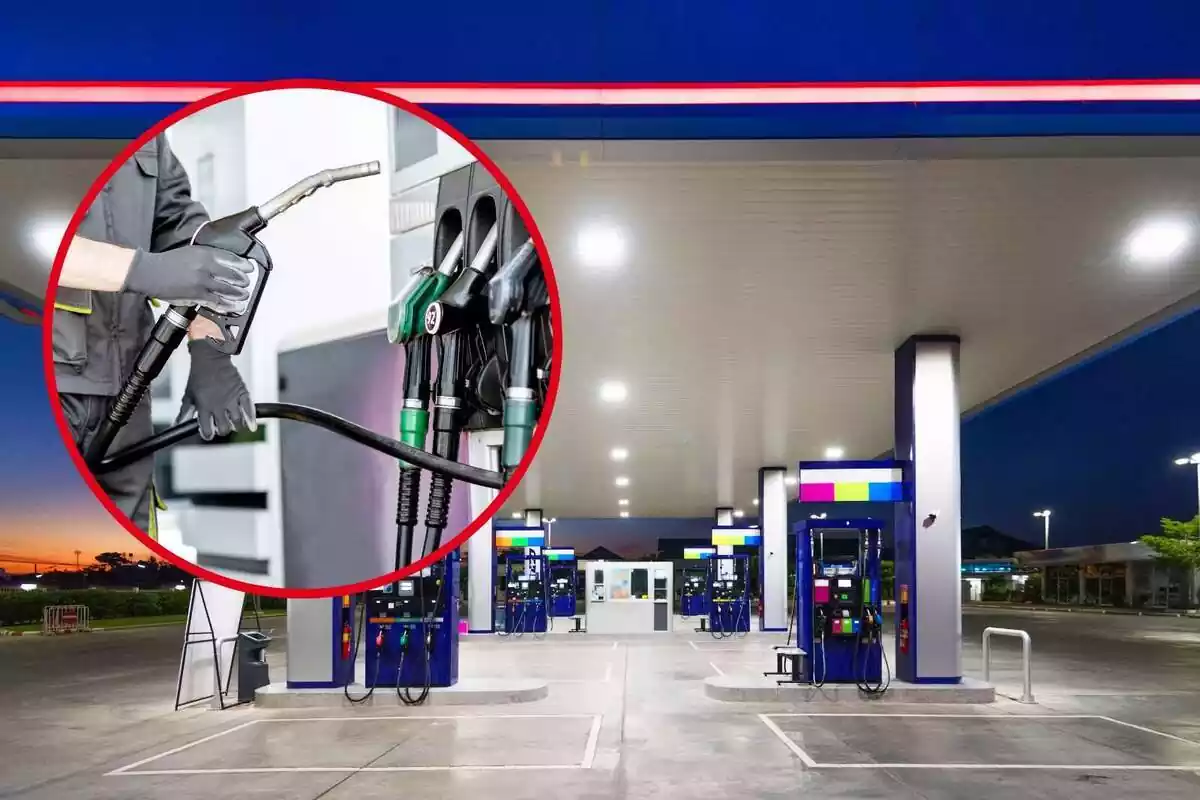Gasoline has been a sensitive topic in the U.S. economy for decades, and on the West Coast this trend is even more pronounced. What used to be small seasonal fluctuations is now turning into a structural change in supply.
On July 11, the American Automobile Association (AAA) already reported high prices. In California, a gallon cost $4.53; in Oregon, $4.01; and in Washington, $4.40. But the worst is yet to come.

Two closures that will alter the energy map
The Energy Information Administration (EIA) has officially warned that refinery closures will drive up fuel prices. The Phillips 66 refinery, located in Wilmington, Long Beach, will close at the end of 2025. It produces about 139,000 barrels per day.
Meanwhile, Valero will close its plant in Benicia, north of California, in April 2026. This refinery processes approximately 145,000 barrels per day. Together, they account for 17% of the state's total capacity.

The situation isn't isolated. In the past five years, production across the entire PADD 5 district (West Coast) has dropped from 17.6 million bbl. (2.8 million) to just 15.7 million bbl. (2.5 million) per day. The new closures also mean the loss of 11% of regional capacity.
Few solutions and many obstacles
Experts agree: replacing that production will be very difficult. According to the EIA, limited connectivity with other parts of the country makes it harder to transport gasoline from other regions.
One solution would be to import fuel from India or South Korea. However, that strategy has two major problems: tariffs and California's strict environmental regulations. Starting August 1, 2025, import taxes will increase even further.
Phillips is trying to offset part of the loss from its plant in Washington. It's not enough. "California-grade" gasoline requires very specific specifications that few can offer, and those who can, do so at very high prices.
The EIA acknowledges that a period of great volatility is coming. The combination of low local production, high import costs, and regulatory obstacles signals a massive price increase in the coming months and years.

